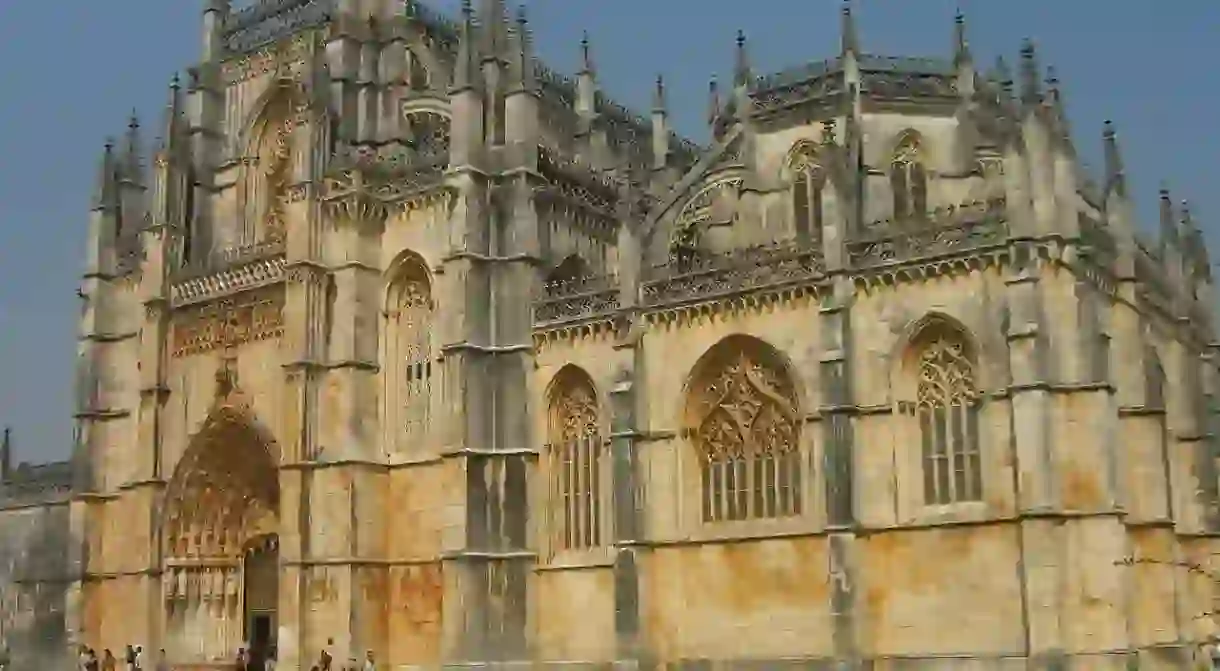Here's Why Batalha Monastery Is the Most Culturally Important Landmark in Portugal

Portugal is filled with stunning and culturally significant landmarks, but few are as impressive as the Batalha Monastery. Located in Portugal’s central region near the city of Leira, it initially took over 100 years to build with numerous architects overseeing the process. Officially named as the Monastery of Saint Mary of the Victory, it is more popularly known as Batalha Monastery or Monastery of the Battle, since it was built in honour of Portugal’s victory in the 14th century Battle of Aljubarrota.
It was built to commemorate victory and new-found independence
When Portugal’s King Ferdinand died in 1383 without a male heir, the country experienced two years without a crowned king. Due to the arranged marriage of heiress Princess Beatrice with Spanish King John I of Castile, the Kingdom of Portugal was at risk of losing its independence to Castile. The battle of Aljubarrota and victory by the Portuguese re-established independence to Portugal as well as a newly crowned king, John I of Aviz. To fulfill a prayer to the Virgin Mary for victory, King John I ordered the building of the Batalha Monastery.

Construction was nearly abandoned
King John I ordered the construction to begin in 1386 and it continued for more than 100 years until the 1530s when King John III decided to focus efforts on the construction of the Jeronimos Monastery, built to commemorate Portugal’s role during the Age of Discoveries. Left practically abandoned, it was then nearly ruined during the Napoleonic Wars of the 1800s. Only in 1840 did Portugal’s King Fernando II decide to restore and complete the monastery, which was finally finished in 1907. Soon after completion, it was declared a National Monument.
It’s an exquisite example of Gothic and Manueline architecture
Many architects had their hands in the design and structure of the Batalha Monastery and it is considered a precious Gothic treasure showcasing various styles. It is also one of the most significant examples of Manueline architecture, a Portuguese style developed during the Age of Discoveries. The Royal Cluster is one of the most prominent examples in the monastery of this latter style.

It was one of the first buildings in Portugal to use stained glass
The church is decorated with stained glass windows, a style that was new to Portugal during that time.

Royalty is buried there
In addition to King John I and his wife, Prince Henry the Navigator is buried inside the monastery. It is also the final resting place of other kings from the Avis Dynasty.
It’s a UNESCO World Heritage Site
Due to its historical significance, authenticity and architectural significance, the Batalha Monastery was named as a UNESCO World Heritage Site in 1983.













